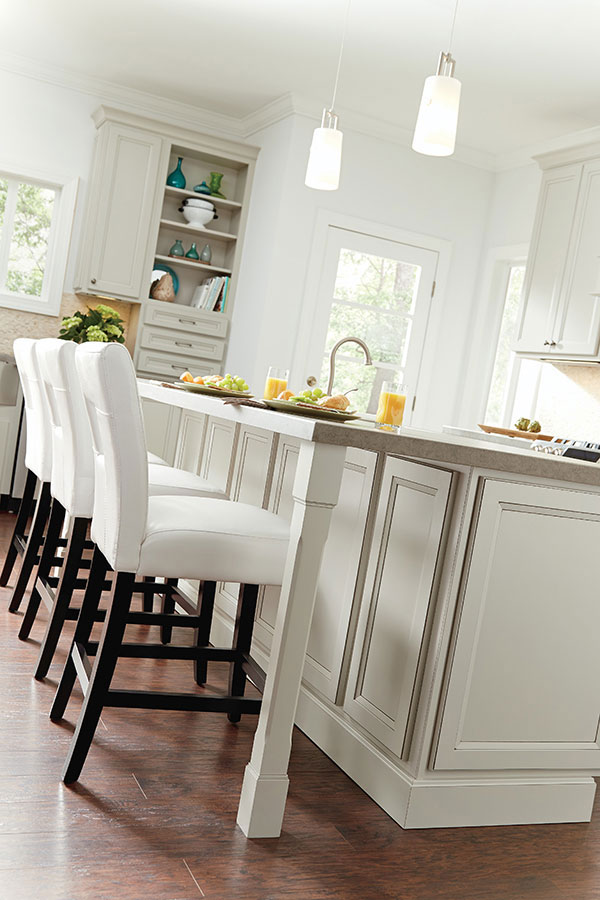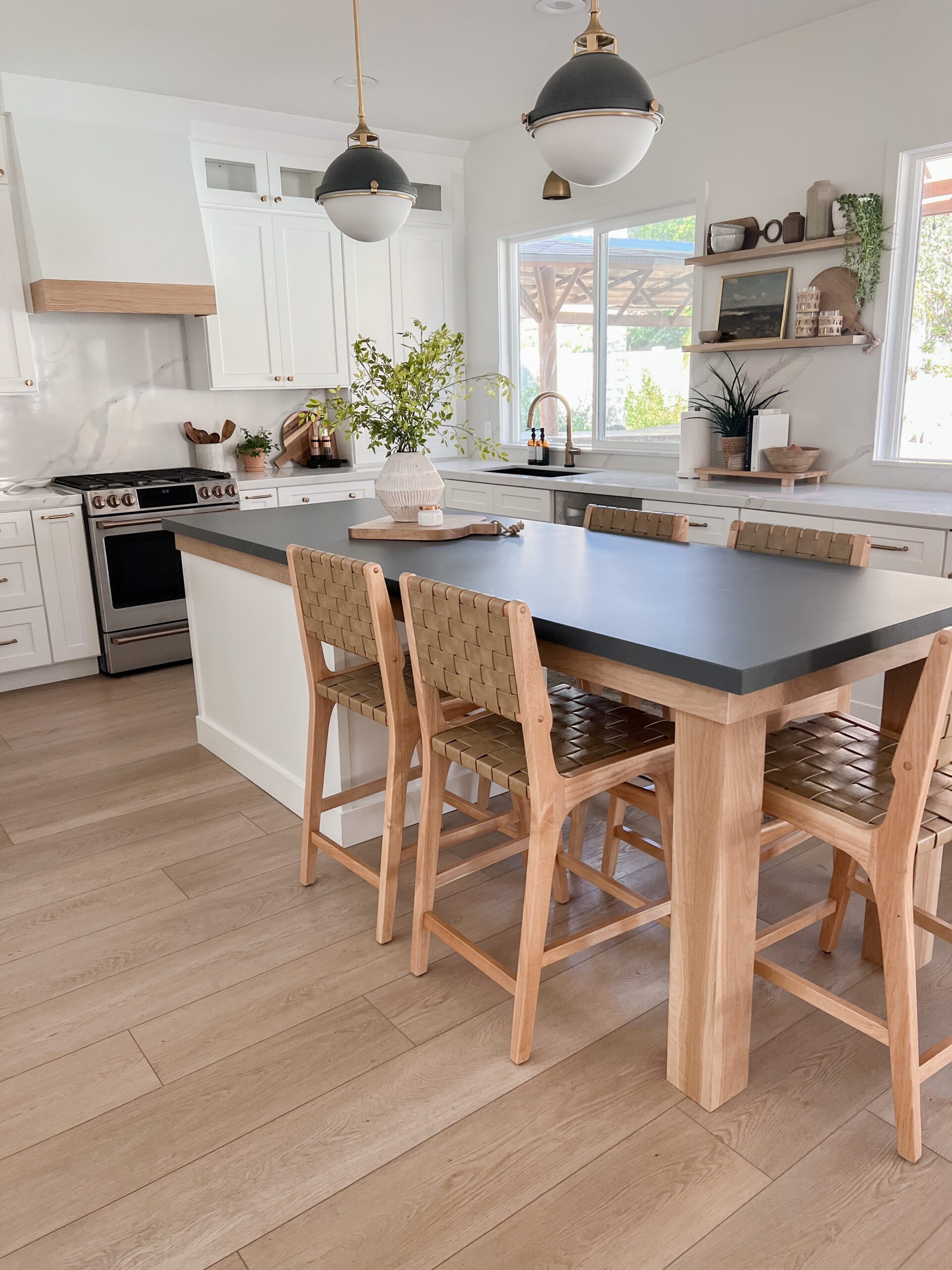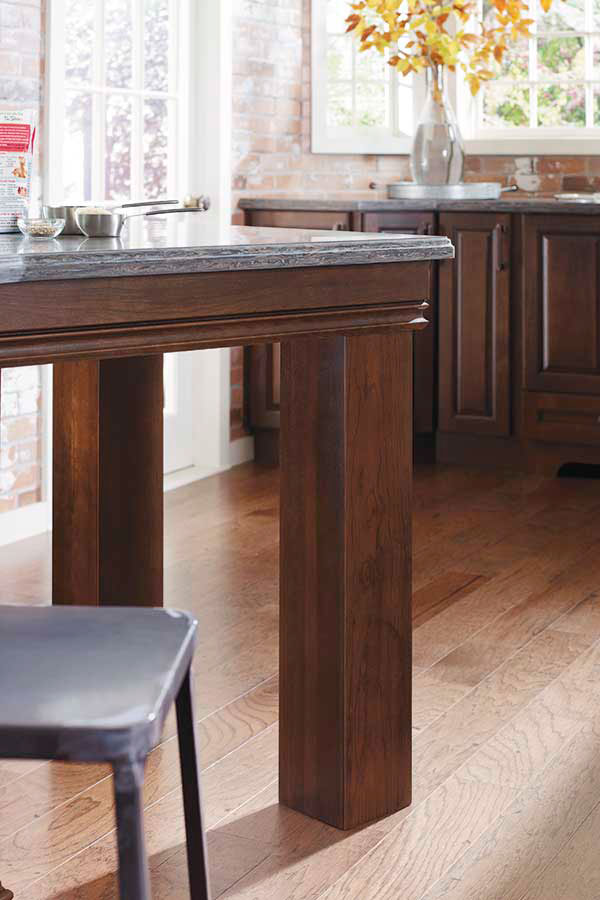Achieve an Advanced Appearance Making Use Of Ornate Legs For Kitchen Island Styles
Achieve an Advanced Appearance Making Use Of Ornate Legs For Kitchen Island Styles
Blog Article
Crucial Variables to Take Into Consideration When Picking Legs For Kitchen Area Island
Selecting the ideal legs for a kitchen area island entails a cautious analysis of several variables that can considerably affect both functionality and visual appeal. As we check out these components, it ends up being clear that each choice can have far-reaching ramifications for the total kitchen area experience.
Product Options
When selecting legs for a kitchen area island, recognizing the various material alternatives is important for accomplishing both visual appeal and structural honesty (Legs For Kitchen Island). The selection of material substantially affects not only the sturdiness of the island yet additionally its overall style and capability
Timber is a prominent selection, supplying warmth and versatility. Strong hardwoods, such as oak or maple, offer toughness and can be discolored or repainted to match the kitchen decoration. Metal legs, typically made from stainless-steel or functioned iron, contribute a industrial and contemporary feeling while ensuring sturdiness and security. These materials are immune to use and can sustain significant weight, making them excellent for bigger islands.
One more choice is engineered materials, like MDF or plywood, which can be more cost-effective while still offering an array of coatings. Nonetheless, they might not offer the same degree of stability as strong timber or metal. Materials such as acrylic or glass can develop a modern look, though they might need additional assistance to make sure stability.
Inevitably, the choice of material for cooking area island legs must align with the wanted performance and the overall motif of the kitchen area.
Design And Style

When considering style, the shape and finish of the legs are important. Conical legs can supply a feeling of agility and style, while thicker, extra durable legs can share toughness and security. In addition, the coating-- be it repainted, tarnished, or all-natural-- must match the cabinets and counter top materials to create a unified look.
Moreover, the design of the legs can also mirror individual preference. Customized or ornamental legs, such as those featuring intricate makings or one-of-a-kind geometric forms, can function as centerpieces, adding personality and individuality to the kitchen area. Eventually, the best choice will certainly not just enhance functionality but additionally boost the aesthetic appeal, making the cooking area island a standout function of the home.
Height Considerations
Picking look at more info the suitable elevation for kitchen island legs is vital, as it directly affects both capability and comfort. The typical height for a cooking area island generally varies from 36 to 42 inches, straightening with common kitchen counter heights.

It is additionally necessary to represent users' elevations and preferences. Personalizing the height can make certain a comfortable experience for all relative, making the kitchen area island an extra satisfying and practical space.
Weight Assistance
Making sure adequate weight assistance for kitchen island legs is essential for both security and functionality. The kitchen area island frequently offers multiple objectives, including cooking, dining, and added storage, requiring a robust support framework. When selecting legs, it is critical to think about the total weight capacity called for based on the island's intended usage and the products that will be put on it.
The choice of material for the legs plays a substantial role in their weight-bearing capabilities. Strong wood, steel, and sturdy composites normally provide exceptional toughness compared to lighter materials. Furthermore, the layout of the legs-- whether they are straight, tapered, or have a pedestal type-- can affect their capacity to distribute weight successfully throughout the framework.
Constantly get in touch with the supplier's requirements regarding load limits to ensure that the legs can maintain the desired weight without endangering security. In recap, choosing cooking area island legs with appropriate weight assistance is necessary for producing a risk-free and functional cooking area.
Setup and Maintenance
Correct installation and upkeep of kitchen area island legs are critical for making certain durability and security. This typically involves protecting the legs to the island base using proper fasteners, making sure that the legs are level and lined up.
Once set up, normal maintenance is essential to protect the honesty and appearance of the legs - Legs For Kitchen Island. For wood legs, routine cleaning with a wet cloth and application of appropriate timber polish can stop dampness damage and keep their finish. Metal legs might call for a gentle cleaning remedy to remove grease anonymous and crud, followed by a dry towel to avoid rust development
Additionally, examine the legs consistently for signs of wear or damage, such as cracks or loose joints. Tightening screws or bolts as needed can likewise extend the life expectancy of the legs. By sticking to these installment and upkeep techniques, home owners can ensure that their kitchen area island remains sturdy and visually appealing for years to come.
Conclusion

Aesthetic coherence is vital in picking the style and design of legs for a cooking area island, go to these guys as these aspects significantly influence the total setting of the area. Tapered legs can give a feeling of lightness and beauty, while thicker, much more robust legs can share strength and stability.Choosing the suitable height for kitchen area island legs is crucial, as it directly affects both functionality and convenience. In recap, picking cooking area island legs with adequate weight assistance is important for producing a risk-free and functional culinary area.
In final thought, picking legs for a kitchen area island requires mindful consideration of various variables, consisting of material options, style, elevation, weight assistance, and setup.
Report this page